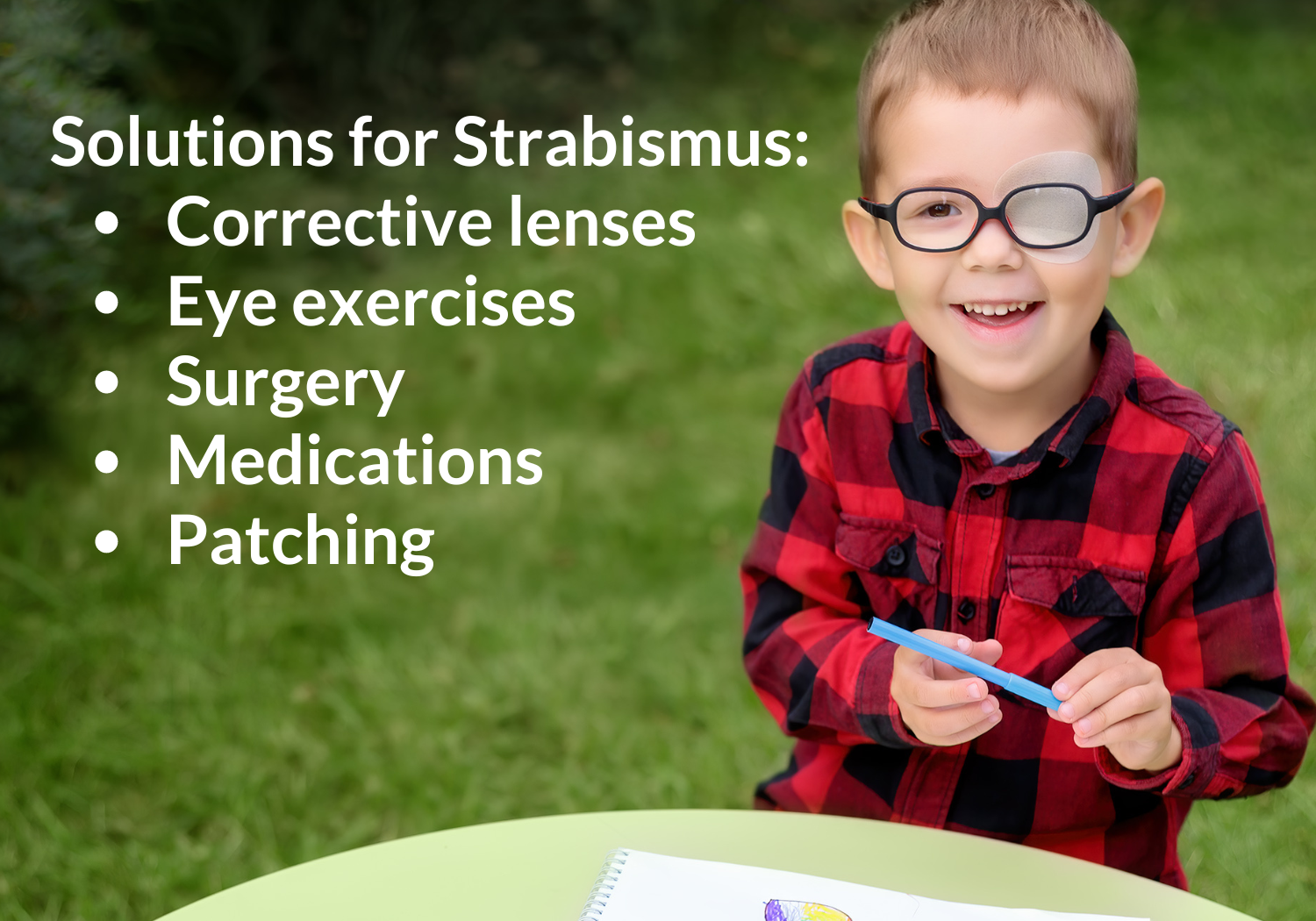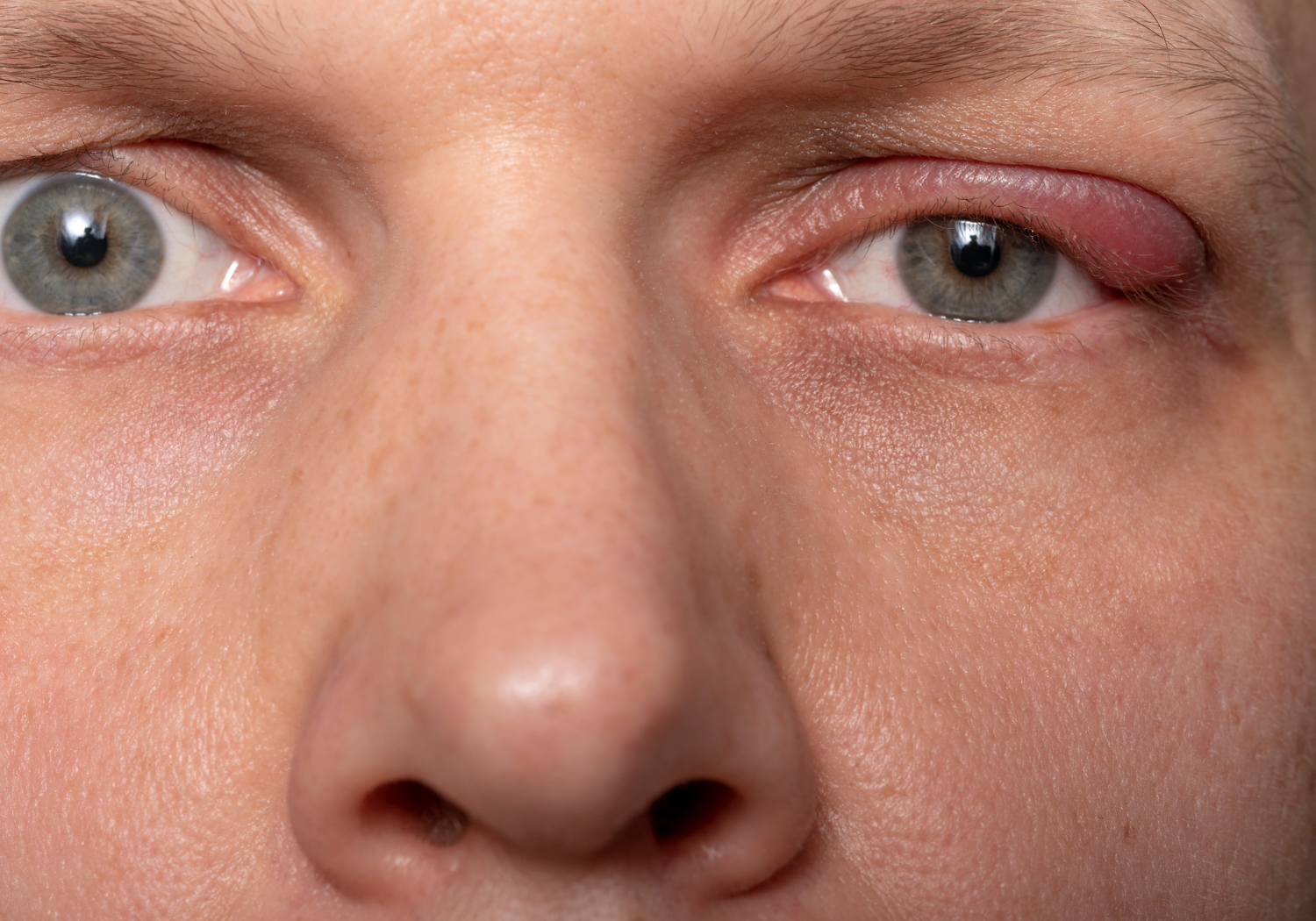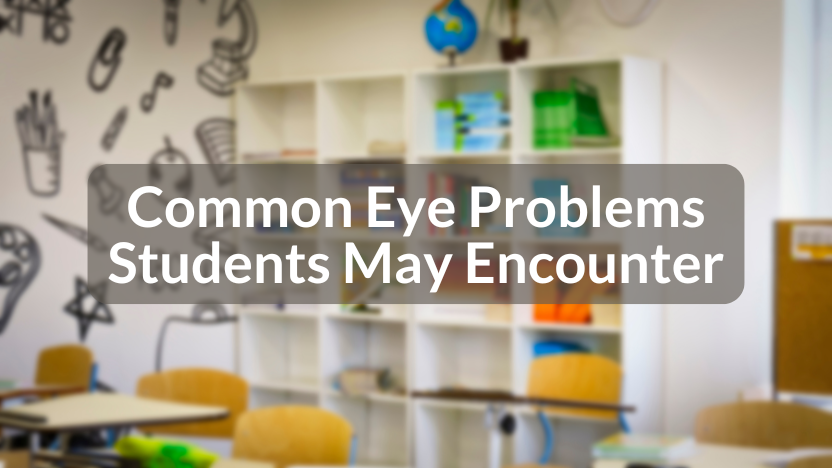Back-to-School: Common Eye Health Issues
Posted by EyePromise on Aug 22nd 2024
Summer is coming to a close, and the new school year is underway at many schools. As education ramps up, make sure you’re getting your children (of all ages) into the eye doctor for their annual exams. These exams can help solve any visual issues your child is experiencing or even uncover problems before they begin. Here are a few common eye health problems children may face returning to school.
Refractive Errors
Refractive errors are one of the most common issues for those returning to school. Classrooms tend to require more from the eyes, transitioning from nearsighted activities to farsighted activities and back again throughout the day. These repeated transitions can strain the eyes, especially if they’re working extra hard to focus due to a refractive error like:
- Nearsightedness – the eye is oblong and has difficulties seeing objects that are farther away, causing those objects to appear blurry.
- Farsightedness – the eye is shortened and has difficulties seeing objects that are closer, causing those objects to appear blurry.
- Astigmatism – the cornea (front of the eye) is misshapen, causing images to focus in front of and behind the retina and leading to blurred/distorted vision.
These refractive errors are typically easily corrected with a pair of prescription glasses or contact lenses. A regular eye exam can identify any of these errors prior to the student’s struggles in the classroom.
Strabismus

An eye health issue that recently rose to fame thanks to an Olympic gymnast, strabismus is the industry term for cross-eyed. This occurs when the eyes look in different directions, so they see two different images at the same time, causing blurred vision, double vision, and/or light sensitivity. In most cases of strabismus, just one eye turns in, out, up, or down, but it can alternate between both eyes.
Strabismus is far less common than refractive errors, affecting less than 6% of the population. However, it’s relatively easy to correct, with options like corrective lenses, eye exercises, surgery, medications, and patching (covering one eye to strengthen the other).
Amblyopia
The industry term for a “lazy eye,” amblyopia occurs when the communication between the one or both eyes and the brain breaks down. Because the brain struggles to decode the information passed along by the affected eye, it begins to favor the unaffected eye over time, exacerbating the issue and causing the affected eye to lose even more visual function. Symptoms include eyes that turn in or out, eyes that don’t seem to work together, poor depth perception, and/or poor vision in the affected eye.
While it’s another less common eye health issue affecting up to 5% of children under 15, it’s imperative to correct amblyopia in early childhood. If left unmanaged, it becomes permanent after the age of five or six. It’s easily detected in a routine eye exam, and solutions include:
- Eye patches
- Eye drops
- Corrective lenses
- Surgery
- Eye exercises
Styes
Styes appear as red, sore lumps at the eyelid’s edge and are usually caused by bacterial infections. They can become common in children going to school due to the increased exposure to germs. Styes occur when the small glands that line the eyelid are clogged and can form on the inner or outer part of the eyelid. Styes are very common and easily managed, often disappearing on their own within a few days. That said, a warm washcloth can help ease any pain or discomfort.
Blepharitis

Like styes, blepharitis affects the eyelids, causing swelling and irritation due to clogged oil glands. While less common, it can occur due to allergies, and exposure to allergens increases with the daily travel and activities of the school day. This eye health issue can be acute or a life-long issue depending on its cause:
- Acute
- Infection
- Parasites
- Acute allergies
- Trauma
- Toxicity
- Life-Long
- Poor hygiene
- Seasonal allergies
- Ocular rosacea
- Makeup overuse
Solutions include eyelid hygiene, cool compresses, eye drops, and eye vitamins, but for more severe cases, your eye doctor may prescribe medications or an in-office procedure.
Computer Vision Syndrome
With the recent increase in digital learning, more and more students are experiencing computer vision syndrome (also known as digital eye strain). Digital devices like laptops, tablets, and smartphones emit a high-energy light wavelength known as blue light, which is more difficult for the eyes to focus on. This plus our tendency to blink less during screen time can lead to symptoms like:
- Tired eyes
- Eye strain
- Headache
- Eye dryness
Luckily, computer vision syndrome is relatively easy to alleviate. Things like blue light glasses, taking frequent breaks, and eye vitamins can help create a more comfortable digital experience.
Take care of your student’s eyes this school year and schedule their annual eye exam today!


